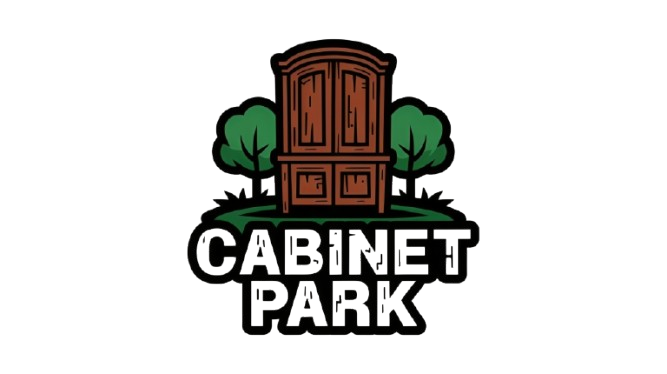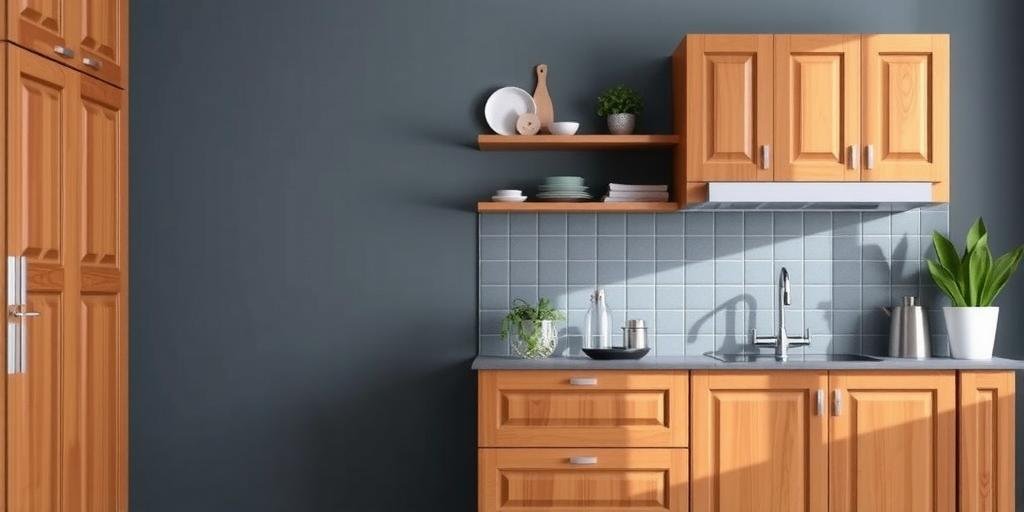A cabinet is a versatile storage unit used in homes, offices, and commercial spaces. Whether for organization, decoration, or functionality, cabinets play a crucial role in modern interiors. In this guide, we explore the definition, types, materials, and uses of cabinets to help you make informed choices for your space.
What Is a Cabinet?
A cabinet is a piece of furniture with doors, shelves, or drawers designed for storing items. Cabinets come in various shapes, sizes, and styles, serving both functional and aesthetic purposes. They can be freestanding or built-in, depending on the application.
Key Components of a Cabinet
- Doors: Provide access to the interior storage space.
- Shelves: Horizontal surfaces for organizing items.
- Drawers: Sliding compartments for small items.
- Frame: The structural support holding the cabinet together.
Types of Cabinets
Cabinets are categorized based on their application and design. Below are the most common types:
1. Kitchen Cabinets
Kitchen cabinets are essential for storing cookware, utensils, and pantry items. They are typically made of wood, laminate, or metal and include:
- Base cabinets: Installed under countertops.
- Wall cabinets: Mounted on walls above countertops.
- Tall cabinets: Used for pantry storage or appliances.
2. Bathroom Cabinets
Designed for storing toiletries, towels, and cleaning supplies. Common types include:
- Medicine cabinets: Wall-mounted with mirrored doors.
- Vanity cabinets: Placed under sinks for storage.
3. Office Cabinets
Used in workspaces to store files, documents, and office supplies. Popular styles include:
- Filing cabinets: For organizing paperwork.
- Storage cabinets: With shelves or drawers for supplies.
4. Entertainment Centers
Customized to hold TVs, gaming consoles, and media accessories.
Materials Used in Cabinet Construction
The durability and appearance of a cabinet depend on its material. Here’s a comparison of common cabinet materials:
| Material | Pros | Cons | Best For |
|---|---|---|---|
| Solid Wood | Durable, elegant, customizable | Expensive, prone to moisture damage | High-end kitchens, offices |
| Plywood | Strong, moisture-resistant, affordable | Limited aesthetics without veneer | Kitchens, bathrooms |
| MDF (Medium-Density Fiberboard) | Smooth finish, budget-friendly | Less durable, not water-resistant | Painted cabinets, office furniture |
| Laminate | Easy to clean, modern look | Not repairable if scratched | Contemporary kitchens, offices |
How to Choose the Right Cabinet
Selecting the perfect cabinet depends on several factors:
- Purpose: Decide whether storage, aesthetics, or both are priorities.
- Space: Measure the available area to ensure a proper fit.
- Material: Choose based on durability and moisture resistance.
- Style: Match the cabinet design with your décor theme.
Cabinet Maintenance Tips
To keep your cabinets in top condition:
- Clean surfaces regularly with a damp cloth.
- Avoid harsh chemicals that damage finishes.
- Tighten loose hinges and handles periodically.
Frequently Asked Questions (FAQs)
1. What is the difference between a cabinet and a cupboard?
Cabinets are enclosed storage units with doors and shelves, whereas cupboards traditionally refer to open-shelved storage.
2. How long do kitchen cabinets last?
With proper care, quality kitchen cabinets can last 15–20 years or more.
3. Can I paint my laminate cabinets?
Yes, but proper sanding and primer are necessary for adhesion.
4. What is the standard depth of base cabinets?
Most base cabinets are 24 inches deep.
5. Are custom cabinets worth the cost?
Custom cabinets offer tailored storage solutions but are more expensive than stock or semi-custom options.
Conclusion
Cabinets are indispensable storage solutions that enhance organization and aesthetics in any space. Understanding the different types, materials, and maintenance practices helps in selecting the best cabinet for your needs. Whether for a kitchen, bathroom, or office, investing in the right cabinet ensures long-term functionality and style.

